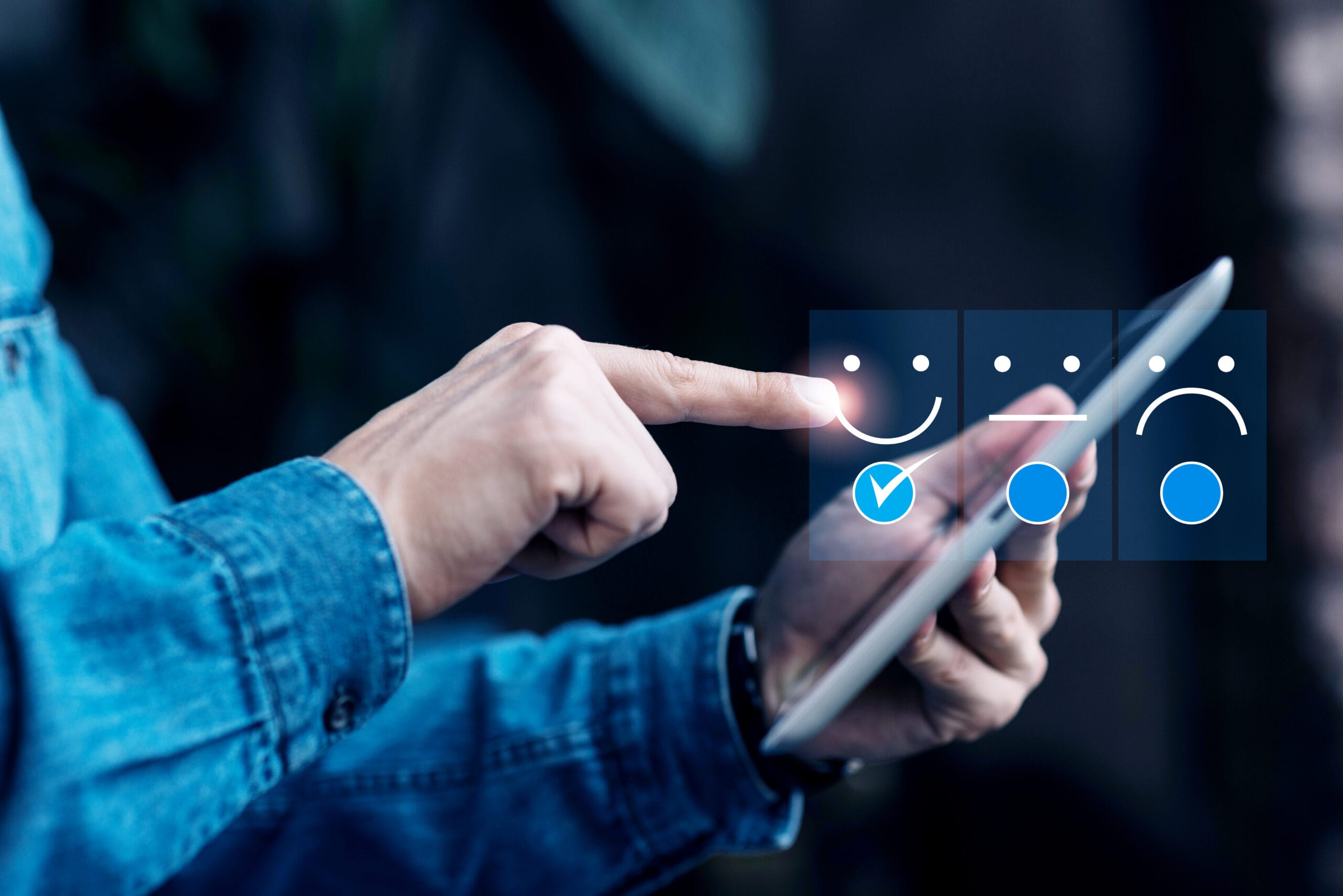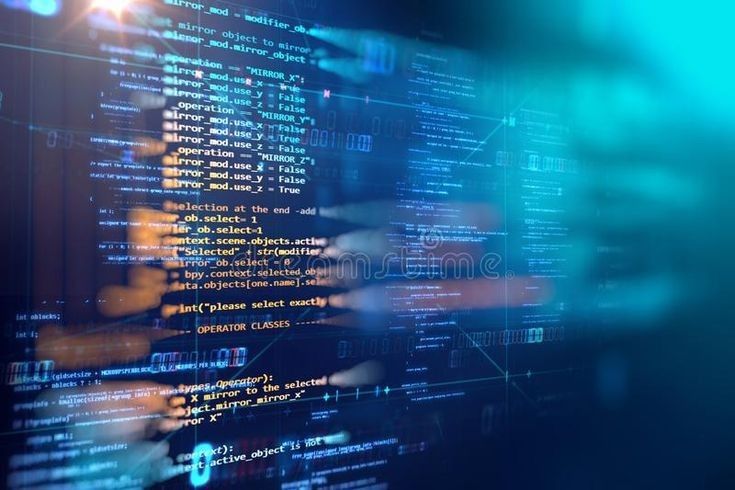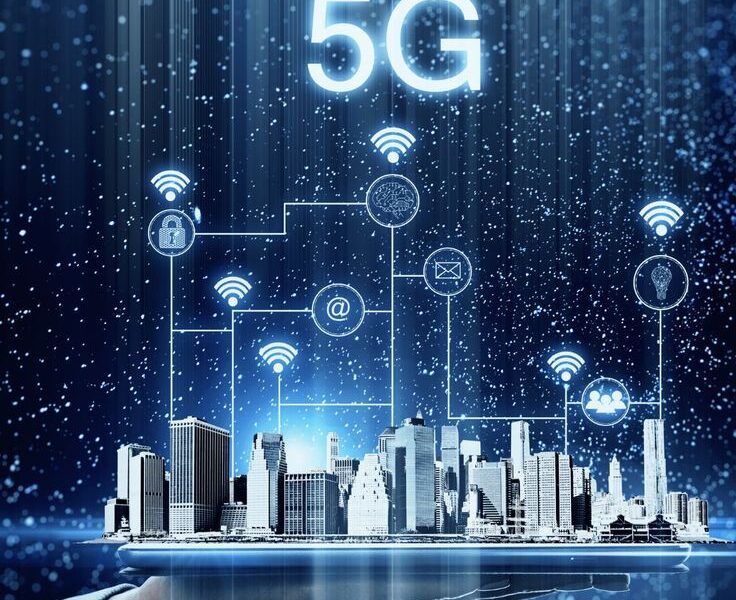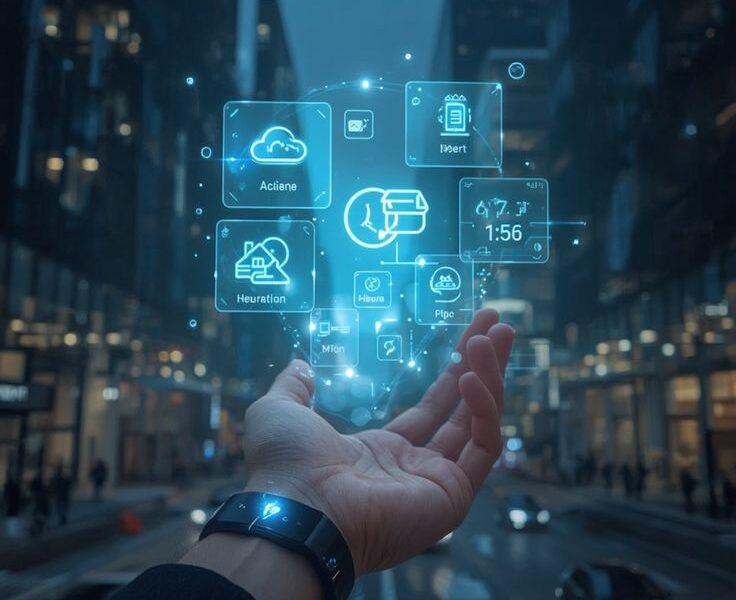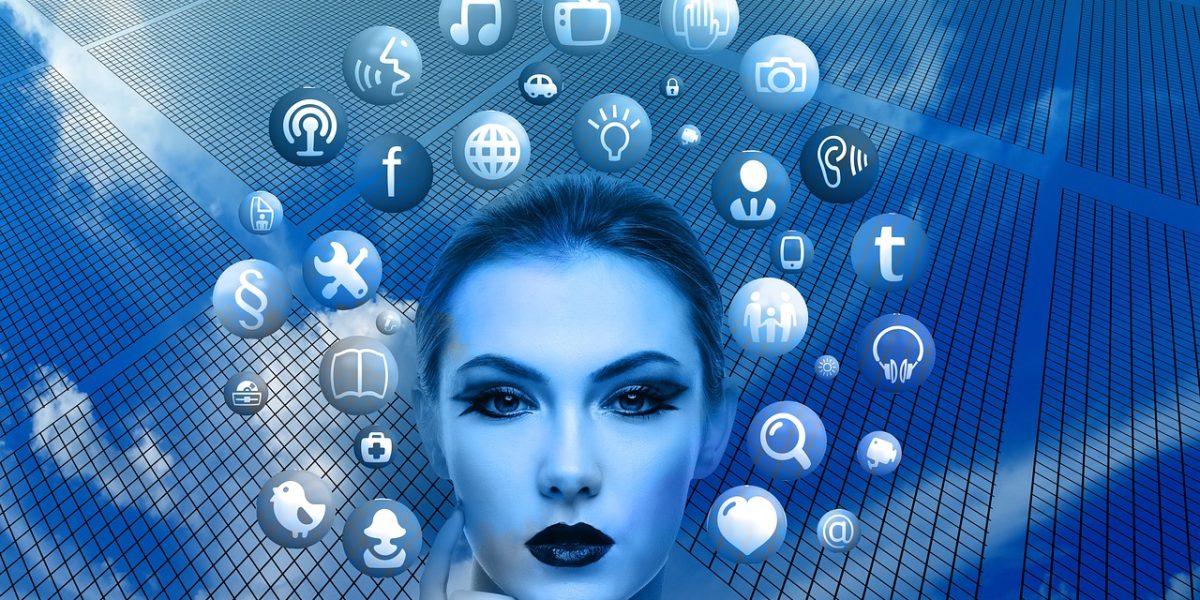Introduction
A deepfake video circulated online falsely showing Indian Army Chief General Upendra Dwivedi claiming that India had lost 6 jets and 250 soldiers in a war against Pakistan. The footage was digitally altered using AI and went viral after his real speech at IIT Madras. The Indian government issued a public alert confirming it was a deepfake and urged citizens not to fall for manipulated content. Read more about this shocking incident here!
Welcome to the world of Deepfakes – hyper-realistic videos and audio generated by artificial intelligence that can make anyone say or do ANYTHING! You mean to say that tomorrow we might see a video of a popular Hollywood actor selling onions and potatoes, like Nana Patekar in the Welcome movie? Imagine Chris Hemsworth goes “Aaloo lelooo, Kanda leloo!” Sure, the technology is impressive and can be very productive if used for the right purpose, but it’s also becoming one of the biggest threats to truth, trust, and even business reputations, along with posing a threat to every individual who is active on social media platforms! I mean, it could be you someday, and your video could go viral, in which you might be shown selling “kaccha badam!
What Exactly Is a Deepake?
A deepfake is a synthetic piece of media—usually video or audio—created using deep learning algorithms to replace or alter a person’s likeness or voice. AI models train on large datasets of images, videos, and audio recordings. This enables them to convincingly generate a person’s face, expressions, and speech patterns to mimic real behavior.
Initially, deepfakes appeared as a novelty in online culture. Developers used them to insert celebrities into movie clips, reimagine historical figures (Mona Lisa once said Hi to me;), or produce humorous videos. However, the same technology quickly became a tool for malicious purposes, from political propaganda to identity fraud.
Popular tools like DeepFaceLab, FaceSwap, and AI-powered voice synthesis platforms have made deepfake creation accessible to almost anyone. What once required specialized skills and expensive equipment can now be done on a home computer with minimal expertise. The havoc has been so real that some users even reported seeing clips of their deceased family members and asking for a huge amount of money! “I mean, come on, I wouldn’t make a deepfake video of myself and ask for Rs. 25 cror…. WAIT! I think… NO! NO! NEVER! DON’T, DO ANY SUCH ACTS! IT’S ILLEGAL!”
Why Deepfakes Are a Growing Threat?
The increasing quality and accessibility of deepfake technology have amplified its potential for harm. Some of the most pressing threats include:
- Political Manipulation: Attackers can fabricate speeches, interviews, or appearances by political leaders to sway public opinion or disrupt elections. A convincing fake video can spread across social media before fact-checkers respond. Imagine our respected and beloved Modi Ji giving a speech in his ‘Mann Ki Baat’ program, but for some reason, you hear him start talking about how Pakistan is the fastest-growing economy in the world, surpassing the top 3 in the ranking! (ABSOLUTE HAVOC!)
- Reputation Damage: In 2024, a deepfake video of Bollywood actor Akshay Kumar went viral, falsely showing him endorsing a mobile gaming app. Someone digitally manipulated the video to mimic his voice and facial expressions, misleading thousands of viewers into believing the endorsement was genuine. Fraudsters used Akshay Kumar’s image without consent, and the fake endorsement spread rapidly across social media. Akshay Kumar’s team quickly took legal action and issued public warnings, but the damage had already occurred.. Read more about this here.
- Financial Fraud: In early 2024, scammers tricked a finance employee at Arup, a global architecture and design firm, into authorizing a $25.6 million wire transfer after attending a deepfake video call.In early 2024, scammers tricked a finance employee at Arup, a global architecture and design firm, into authorizing a $25.6 million wire transfer after attending a deepfake video call. The call featured AI-generated versions of Arup’s CFO and other staff members, complete with realistic voices and facial movements. The impersonation was so convincing that the employee overrode his doubts and completed the transaction. Read more on this here.
How to Spot a Deepfake Before It Fools You
While deepfakes are becoming more convincing, there are still signs that can help identify them: Just like how, when we were teenagers, we used to feel that our parents wouldn’t know when we were faking sleep and actually chatting or playing games!
- Facial Incosistencies: Watch for unnatural blinking, mismatched lighting, or distortions when the person turns their head. (yeah, deepfake vids often use very low lighting, cuz it’s a kryptonite to them just like Ghost Freak from Ben 10), Like an ear hanging on the nose or the eyes moving as if they are of a salemender’s!
- Unnatural Voice Patterns: AI voices may sound slightly robotic or have odd pauses and intonations.
- Background Artifacts: Look for warping, blurring, or strange movement in the background, especially near the subject’s edges. As they say, it’s always in the smallest and subtlest signs and details.
- Fact Verification: Cross-check shocking claims with credible news sources or official statements.. My best friend also had to cross-check a claim and check who really is Nisha! (p.s. It was my account that I had created to troll him XD)
- Use Detection Tools: Free tools like Deepware scanner and Microsoft Video Authenticator can analyze videos for signs of manipulation.
These methods help for now, but spotting deepfakes will get harder as technology improves. Digital literacy is becoming a must-have skill.
The technology Fighting Back:
As deepfakes evolve, so do the tools designed to combat them. Major technology companies, research institutions, and governments are investing in AI-powered deepfake detection systems.
- Detection Algorithms – Platforms like YouTube and Meta are integrating AI models trained to identify deepfake patterns to flag suspicious videos.
- Watermarking – Embedding invisible, tamper-proof markers into authentic content helps verify its origin.
- Blockchain Verification – Audiences can check content authenticity records stored on decentralized ledgers to confirm whether a video has been altered.
Detection tools must evolve quickly to keep pace with deepfake innovation.
How Businesses Can Protect Themselves
Deepfake risks extend beyond PR concerns—they threaten finances, brand trust, and operations. Businesses should:
- Employee Training: Teach staff how deepfakes work, how to spot them, and what to do if they encounter suspicious media.
- Verification Protocols: Implement multi-factor authentication for sensitive transactions or high-level communication.
- Crisis Communication Plans: Have a strategy in place for quickly responding to reputational threats caused by deepfake attacks.
- Legal Safeguards: Prepare to take swift (Taylor?!) legal action to remove harmful deepfake content and pursue perpetrators.
Here comes the superhero to save the day and help in fighting against our common enemy, deepfake content, AirOxa Innovative Solutions! We help organizations integrate deepfake awareness into their broader cybersecurity strategies. By combining AI-driven monitoring tools, employee training programs, and proactive communication planning, we safeguard brands against the risks of manipulated media.
Conclusion
In 2025, deepfakes represent both a technical achievement and a digital threat. While they offer creative opportunities in controlled and ethical contexts, their potential for misuse is significant. As deepfake technology becomes more sophisticated, individuals, businesses, and governments must remain vigilant.
Dua Lipa may say “I love you” in the next viral video you encounter, and it may look authentic, but without proper verification, it could deliberately deceive you. By developing awareness, using detection tools, and implementing protective measures, we can limit the harm caused by this emerging threat and ensure that truth remains a cornerstone of our digital world.
Stay Aware, stay happy, Peace!

